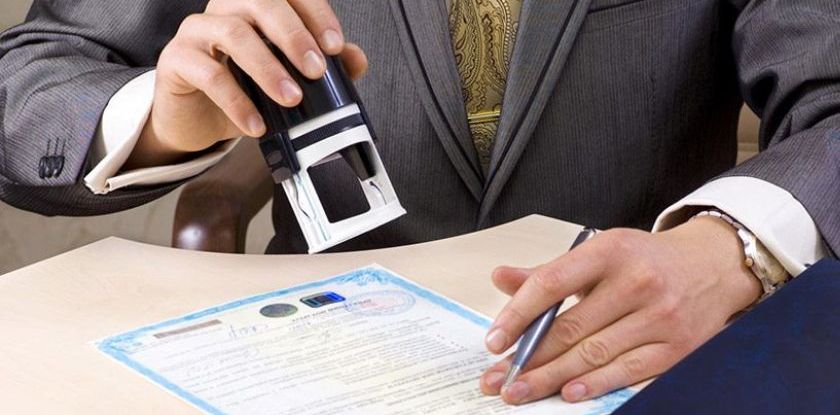On July 25 2017 Finance ministry of RK put a PSA on their website, titled “Privatization is conducted full-scale and follows the plan”, in which it drew intermediate conclusions of the privatization program.
Since the document is relatively short, we will quote it in its entirety:
“Within the second wave of privatization, since 2014 470 entities went through the process for a total sum of 127.6 bil. tenge. Including:
- 30 federal objects totaling 11 bil. tenge;
- 228 communal property objects totaling 21 bil. tenge;
- 212 quasi-governmental sector objects totaling 95.6 bil tenge
Presently, complex plan is actualized, supplemented following the results of inventory check and includes 879 objects.
Starting from 2016 240 objects were privatized following the plan, totaling 64.5 bil. tenge, of those:
19 are federal property objects totaling 7.5 bil. tenge;
120 are communal property objects totaling 18 bil. tenge;
101 are quasi-government property objects totaling 39 bil. tenge
Aside that, 191 objects are in a reorganization or liquidation stage.
Privatization of 17 largest Samruk Kazyna companies is planned for 2019-2020.
In 2017, privatization of 487 objects is planned, in 2018 -103.
As of today, out of privatization objects of 2017, 179 are already put to auction, of which 60 objects are sold for a sum of 6.9 bil. tenge.
99 object is at a stage of reorganization and liquidation.
209 objects are in a stage of pre-sale preparation, of which 77 objects are being appraised”.
According to official data from the Ministry of finances of RK, average cost from sale of government property within the framework of second privatization wave. i.e. since 2014, was 272 mil. tenge. This includes: objects of federal property for 367 mil. tenge; objects of communal property for 100 mil tenge, objects of quasi-government property for 451 mil. tenge.
Average cost of sale of state property following the complex privatization plan, i.e. since 2016 was 269 mil. tenge. Including: federal property objects for 393 mil. tenge; communal property objects for 150 mil. tenge; quasi-governmental property objects for 286 mil. tenge.
Average cost of sale of government property by the privatization plan of 2017 was 115 mil. tenge.
Numbers given above prove that since 2014 and until today, within the framework of the program on privatization of government property in Kazakhstan, third-rate non-valuable assets are being privatized. I.e. government de facto isn’t conducting privatization, but is trying to enhance management of governmental and quasi-govenrmental structures by downsizing management levels, lowering the number of subordinate structures, rejecting low-value and surplus objects, etc.
Thus it can be assumed that the main beneficiaries from privatization of state property were not as much representatives for independent private business, as individuals, managing privatized objects and people related to them, or those related to their privatization. Interestingly, the number of latter is as low as in hundreds and likely doesn’t exceed couple of thousand in the entire country.
Thus, we can make a conclusion that the main goal of the program – to lower government’s share in the economy, galvanize private business and attract investors into economy, isn’t being fulfilled.




